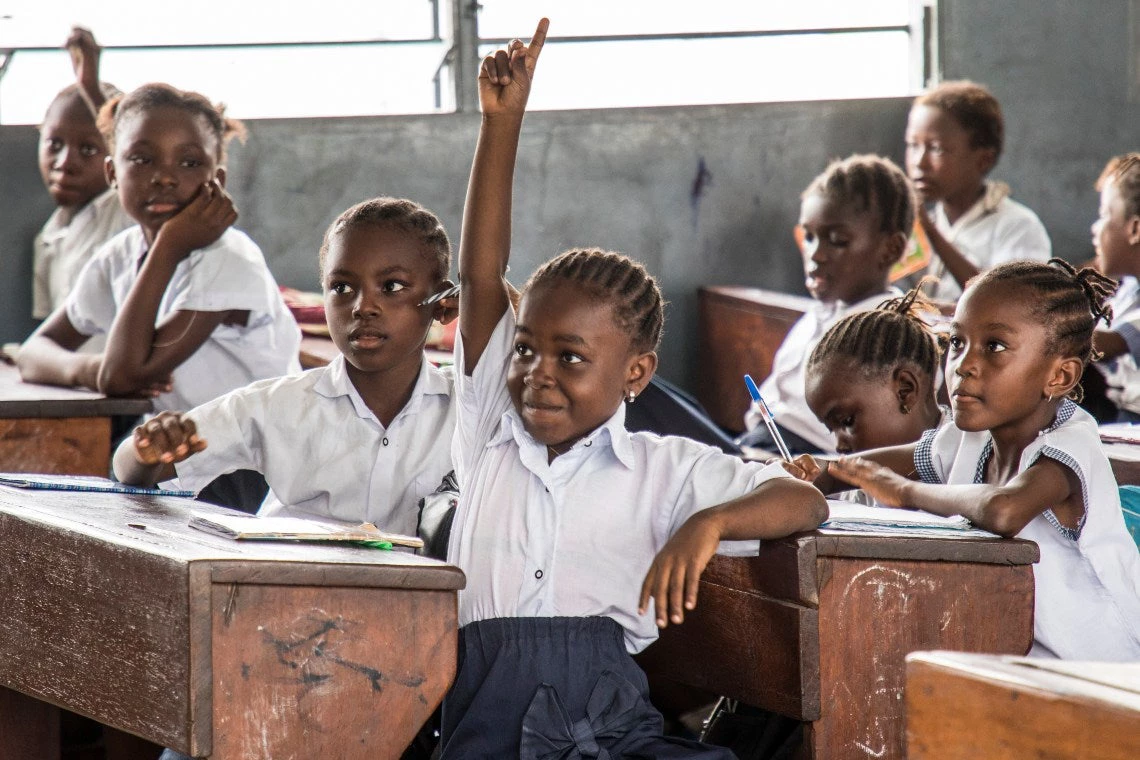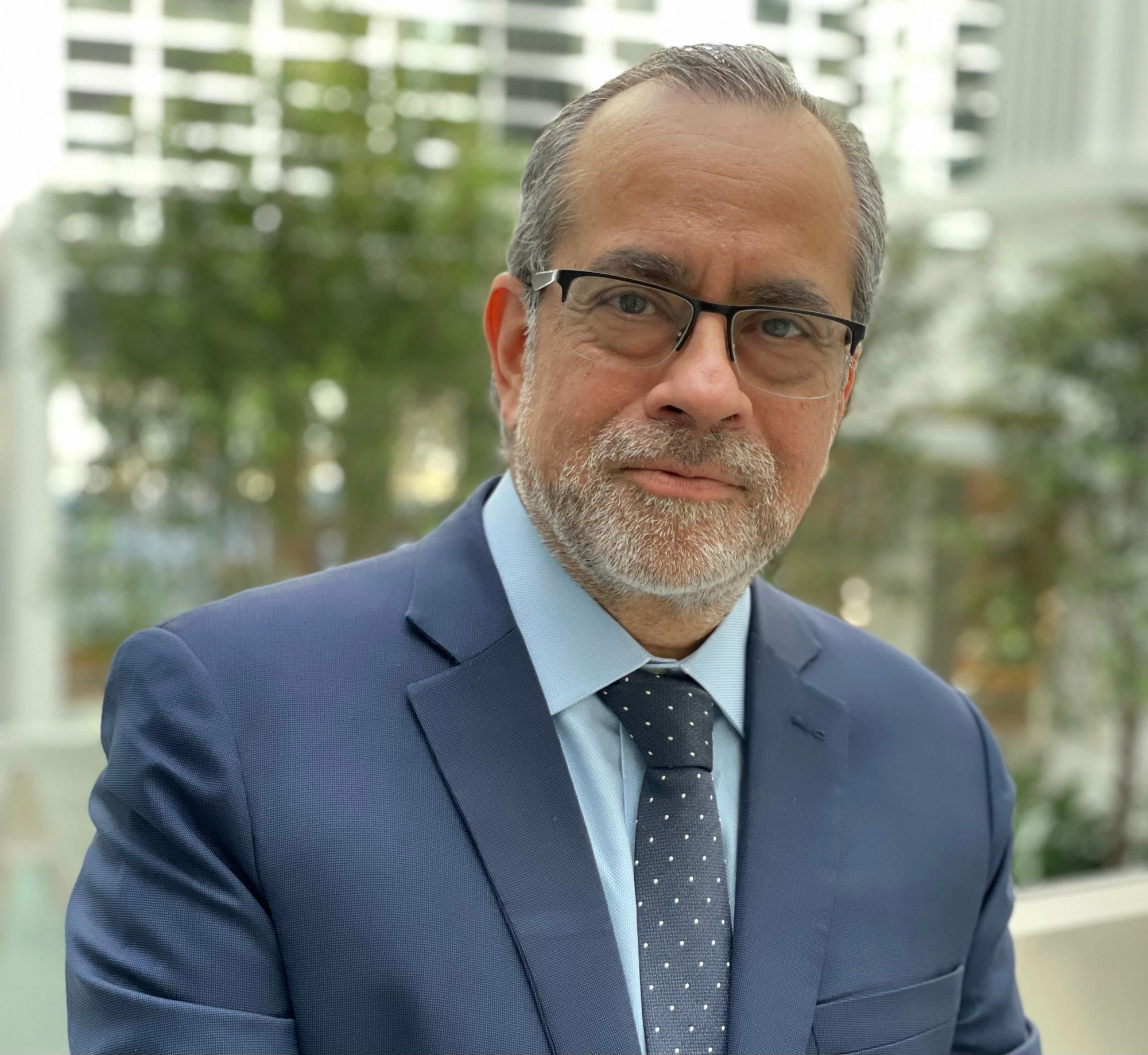Many months have passed since schools reopened their doors to in-person learning following COVID-19 related school closures. Schools were closed 141 days on average, which led to about a billion students having their learning interrupted for over a year. As education systems brought students and teachers back to schools, they were faced with the catastrophic aftermath of closures: massive learning losses that disproportionately affected students from low-income and vulnerable populations, exacerbating inequality.
Taking stock of country actions to address learning losses
What did countries do? Some education systems jumped into action. They identified and reached out to children to bring them all back to school, applied diagnostic assessments, and launched learning recovery initiatives and remedial strategies, many of which became longer-term, at-scale investments to accelerate learning. But these countries stand as bright spots against a bleaker landscape. Many more systems have implemented narrow or short-lived measures, or largely returned to ‘business as usual’ – a clear indication that the magnitude of learning losses and the urgency to act is not internalized everywhere.
A forthcoming World Bank publication, Learning Recovery to Acceleration, takes stock of what actions countries have taken since reopening their schools to in-person learning to recover from the impacts of closures on education and accelerate the pace of learning.
The report finds that only 18% of a sample of 60 low- and lower-middle income countries had an explicit strategy or plan for recovering and accelerating learning after reopening. Only around a third of the countries reviewed had implemented targeted instruction programs, and around a quarter had supported teacher performance through structured pedagogy programs—two types of education programs that are among the top three education “Great Buys” recommended by the Global Education Evidence Advisory Panel (GEEAP) in its latest report.
At the same time, the pandemic exacerbated under-financing of education. Education spending lost space in the national budgets of low- and lower-middle income countries in 2021 and 2022, and remained below 2019 levels. Absolute spending on education in these countries contracted about 13.5 percent after the onset of the pandemic. And what is being spent is not always spent efficiently or equitably.
With low education funding and inadequate learning recovery it is no surprise that learning has not improved. Results from the Progress in International Reading Literacy Study (PIRLS) 2021 survey show that between 2016 and 2021, average achievement scores declined in 31 out of 45 (or 69%) countries and territories for which data are available. Evidence from Brazil, India, South Africa and Malawi, as well as from rich countries that have data from just before and after the pandemic shock, reveal substantive losses.
Fortunately, we know what it takes to improve learning. Learning Recovery to Acceleration analyzes what actions some countries have taken to tackle the impacts of the pandemic on learning, and how they are implementing them – following the RAPID Framework for Learning Recovery and Acceleration.
Lessons from learning recovery and acceleration efforts
Countries that are implementing promising, at-scale responses have three things in common:
- First, they recognized the magnitude of the problem and lent their political and financial commitment to implementing long-term plans. A few countries have utilized learning data to create a shared recognition of the problem and spur action; worked in consultation with various stakeholders to build multi-year plans; and devoted additional financial resources to education. In Romania, the multi-sectoral National Recovery and Resilience Plan has prioritized the education sector—which comprises 12.4 percent of the plan’s financing—outlining 18 ambitious investments to reduce dropout, upgrade and digitize classrooms, introduce remedial education, and others, with funding through 2026. In Western Cape, South Africa, a substantial increase in budget to the education sector is financing teacher training on the science of reading, extra tutoring for students, and additional classes.
- Second, they built technical and implementation capacity at all levels of the system—chiefly, by building up the skills and resilience of teachers. In Colombia, the structured pedagogy flagship program Programa Todos a Aprender is helping improve the pedagogical practices of thousands of teachers in numeracy and literacy, and has been strengthened as a learning recovery intervention. A partnership with Colombia’s new formative assessment program helped to provide assessment-specific training to pedagogical coaches, teacher tutors, and teachers to better use learning data to guide instruction.
- Finally, they aligned the education ecosystem toward learning recovery by convening stakeholders around a shared agenda and ensuring coherence and complementarity between different programs and strategies. In India, the 2021 Nipun Bharat national reading initiative sets a national literacy target for 2025 to guide all sub-national stakeholders. A five-tier plan involving schools, blocks, districts, states and the federal government outlines responsibilities at all levels and asks states to create contextualized, multi-year action plans aligned to national targets.
The goal of drastically improving student learning is attainable. And it all starts with commitment: to prioritize education among a sea of competing priorities, to spend more and better, to target resources to the most vulnerable, and invest in building capacity across all levels. We see that happening in several countries. But in many others, it is “business as usual.” That must change.




Join the Conversation